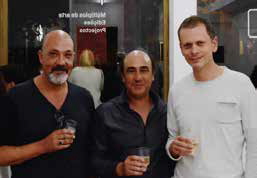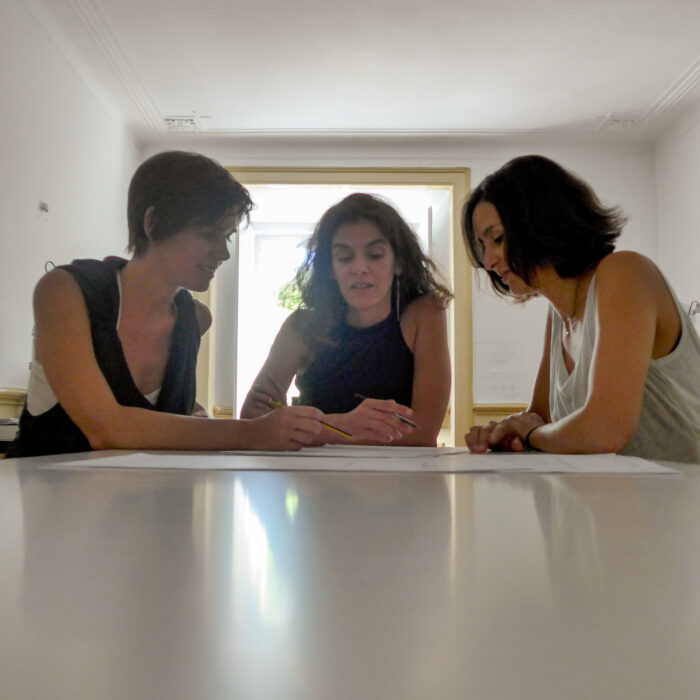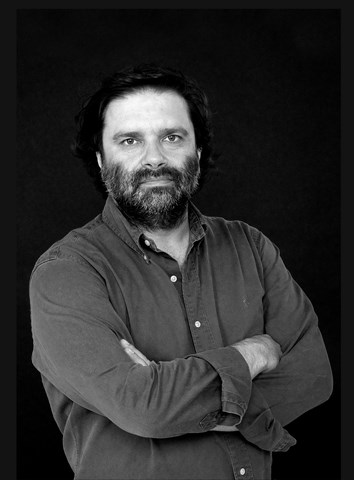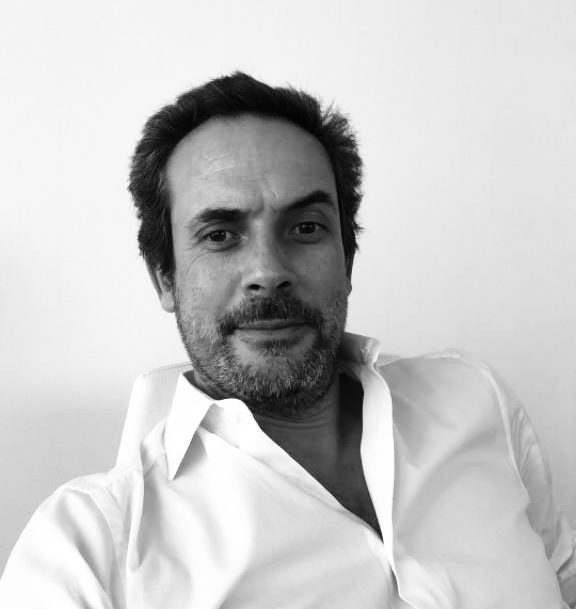A conversation with Eng. João Loureiro

A conversation with Eng. João Loureiro
'There is a unique space in Lisbon that aims to disseminate contemporary art and make it reach more people.'
What is the Gabinete and what are its objectives?
The purpose of the Gabinete is to trade in “multiple art pieces” [an art piece that is replicated multiple times], giving dignity to these pieces that, over the years, have been a little mistreated, with editions of hundreds of copies. Our aim is to make a difference in this matter, working with editions with few copies. We also want to make art closer to people, because there are many people who would like to buy a single piece or even make a collection but cannot buy unique pieces. What we have in Gabinete are the multiples in small editions. We are dedicated to national contemporary art, we have the main Portuguese artists, and we would like to expand the range to foreign artists – and we certainly will. We are also making our own editions.
Which editions have you already made and which ones follow?
The inaugural edition was with Jorge Molder, with six copies of a photograph printed on rice paper. The second edition was an acronym for the word “arte” [eng: art], in bronze, by Francisco Tropa, which has had an excellent acceptance. And the third one was an edition by Fernanda Fragateiro, associated with the Bairro das Artes event, which took place on September 17th. It is an edition of nine copies, the first sculptural multiple that the artist produced. In October we will do an edition by Rui Toscano, in November with André Cepeda and in December it will be with João Queiroz. We will also have some works by Helena Almeida soon, and we intend to increase the collection of artist books.
Where did the idea of creating this space come from?
This project involves, besides me, two great friends, Delfim Sardo and Rui Abreu Dantas. Delfim Sardo is a reference in contemporary art in Portugal, and beyond. He is a university professor, curator and art critic. Rui Abreu Dantas is also connected to art, is a museologist and works at Macau’s Institute. I am a civil engineer, I am very fond of this area and I have been following contemporary art for many years. This idea came up some time ago, matured in conversations, and last year, in October, we decided to move forward. We formed the society, we looked for a space and we were lucky to find this one, which I find very interesting, due to its location and light, which helps the displayed pieces to have an even greater expression. We’ve opened in late March. We are not a gallery, we do not want to compete with galleries, we have an excellent relationship with them, some have even supported us immensely.
What is the target audience?
What we want is to reach many people. We have a natural audience, which has visited us a lot, such as collectors, people with a taste for art, artists who want to buy another artists’ pieces of art, but also the public who, sometimes, has some inhibition in approaching the galleries of art, with fear of the art’s prices. Here, we have works of art for all prices, from small tens of euros to tens of thousands of euros. Many foreigners have visited us, some out of curiosity, others even became customers. Brazilians and French, above all. It is also our objective to publicize our project in other European cities. Lisbon didn’t have a space like this, but in other European capitals there are places similar to ours. We recently had a client who asked us for a specific piece by Julião Sarmento and that we found in Germany. This dynamic is also something that interests us.
Which artists got to be in your gallery and how do you select them?
We have several renowned artists in the gallery. In addition to the ones I’ve already mentioned – Jorge Molder, Francisco Tropa and Fernanda Fragateiro – we have works by Julião Sarmento, João Louro (who represented Portugal at this year’s Venice Bienal), José Pedro Croft, Pedro Falcão, João Onofre, Hugo de Almeida Pinho, Daniel Malhão, Ângela Ferreira, Ana Romana, among others. My partner Delfim Sardo is in charge of the selection since he is the artistic director. He chooses artists according to his understanding of their value. That is the criterion. An artist may propose his work, and some, who have never worked with art multiples, may be challenged to do so. João Queiroz, for example, is going to do a multiple for the first time. It will be a small engraving edition, especially for our gallery. But we also have projects in preparation with Gabriela Albergaria, with Ricardo Jacinto, in addition to exhibition projects under development. There is also an emphasis on architecture, with projects under development with Manuel Mateus and João Luís Carrilho da Graça, two of the most important Portuguese architects.
Any ideas for the future?
Starting next year, we want to work with companies, decorators and architects. We can be partners with their customers, in aesthetically demanding decoration projects. It is a market that is not sufficiently developed but many people would like to be able to access this kind of pieces. We believe that this is a great gateway to the collectibles universe. Note that we are talking about original works, replicated multiple times. Artists often give great importance to this part of their work, which deserves great attention. Those are very precious objects and images.
This interview is part of the Artes & Letras Magazine # 68, October 2015
Partially automatic translation from portuguese: some expressions may differ from their actual meaning.
News & Interviews
A conversation with SIA Arquitectura
'A Spanish intern said that at universities in Spain, the two countries that are “case studies” on how to build are Switzerland and Portugal. This is admirable when conditions are so different. ’ Read more
A conversation with Arch. João Luís Ferreira
‘Architecture is the victory of space over time. (...) It is the opposite of fashion. (...) It is what is not a passenger. (...) Architecture is the mirror of society’. Read more
A conversation with Arch. Guilherme Godinho
'It is with great joy and enthusiasm that we see the habit [of tradition of proximity to the arts by companies] being reinvented by Betar; (...) I believe [that the José Mendonça Prize] will be a success and a future milestone in the cultural life of Lisbon and the country' Read more




